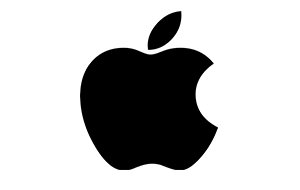Apple’s top model outperforms all other smartphones

The Apple managers in distant Cupertino will be happy about that, because the iPhone 14 Pro Max has now received an award and therefore offers the best smartphone display on the market. Incidentally, the manufacturer was only able to beat itself, all other smartphones were left behind.

iPhone 14 Pro Max has the best and brightest smartphone display
The experts from DisplayMate once again honor the best smartphone display of the year. As in the previous year, the winner is Apple. In fact, the iPhone 14 Pro Max takes home the coveted award, replacing last year’s winner. The iPhone 13 Pro Max is the direct predecessor of the current winner.
Particularly exciting: Apple advertises the iPhone 14 Pro Max with a maximum brightness of 2,000 nits outdoors. In the test, however, a much higher value was determined. The professionals attest Apple’s top model a brightness of an incredible 2,300 nits – more than twice as much as its predecessor. According to DisplayMate, the screen claims a total of 15 records. In detail:
- Highest color accuracy of white
- Highest absolute color accuracy
- Slight shift in color accuracy with APL
- Smallest maximum color shift with APL
- Highest image contrast and intensity scale accuracy
- Minimal shift in image contrast and intensity scale with APL
- Least change in peak luminance with APL
- Highest full screen brightness for OLED smartphones
- Highest peak brightness of the display
- Highest contrast ratio
- Lowest degree of reflection of the screen
- Highest contrast rating in ambient light
- Smallest deviation in brightness depending on the viewing angle
- Slight color deviation from white with viewing angle
- Highest visible screen resolution
What distinguishes the models of the iPhone 14? We tell you in the video:
Apple’s numerous improvements
Compared to the iPhone 13 Pro Max, the screen of the iPhone 14 Pro Max has been upgraded by Apple in many areas. The multifunctional notch alternative “Dynamic Island” is certainly particularly striking. But the innovations don’t end there. The LTPO OLED display has a frequency range of 1 Hz to 120 Hz instead of 10 Hz to 120 Hz. The associated lower power consumption is only possible with the new always-on display. There are also a few more pixels and therefore a slightly higher pixel density.



